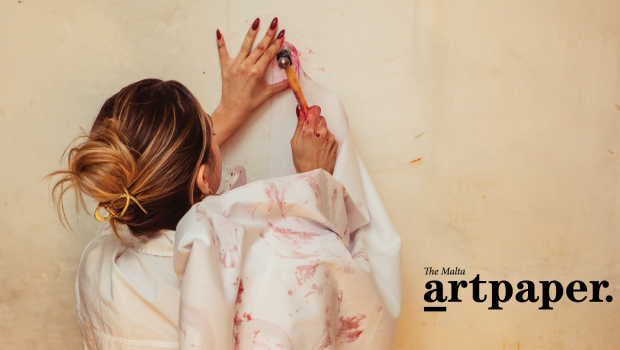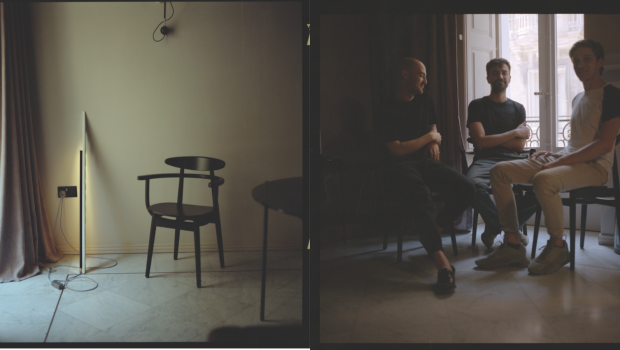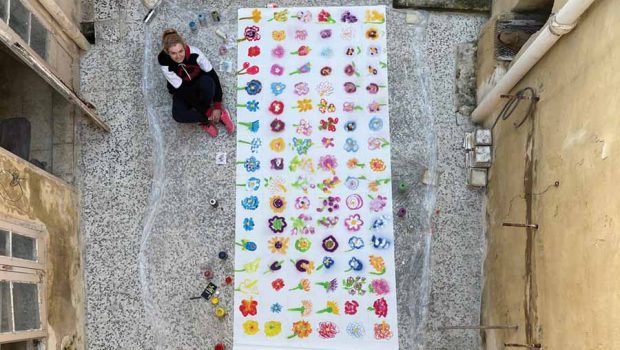A bad workman blames his tools
The case of the artistic chicken and its egg (and their respective IQs). A most timely question, addressed in an old-fashioned way
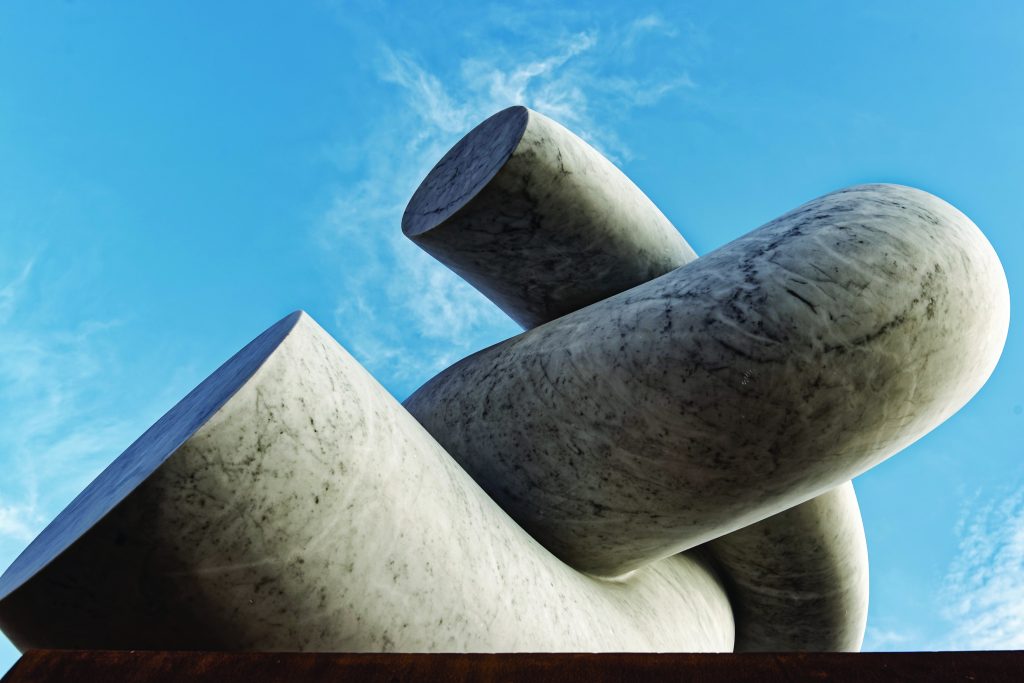
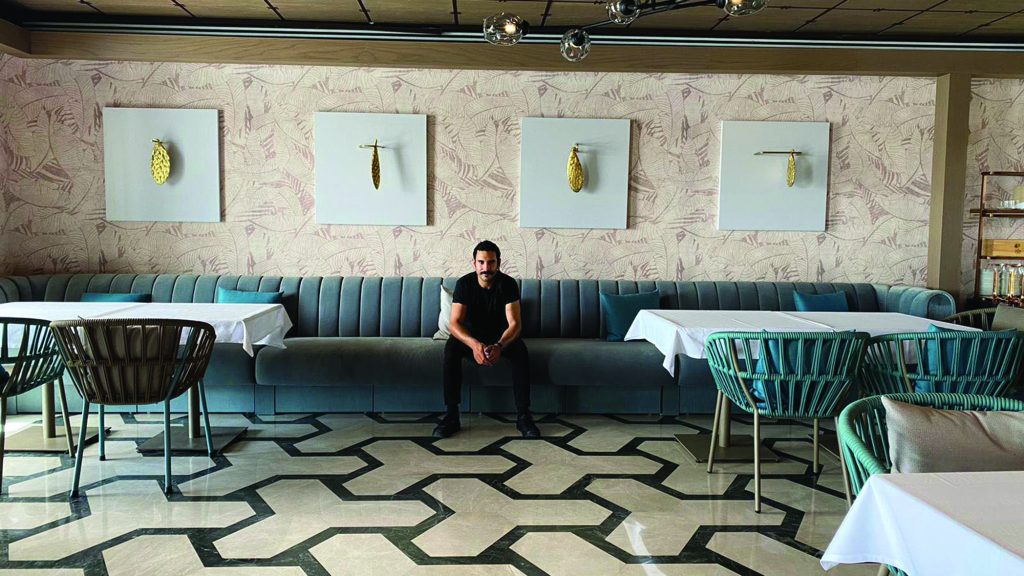
How does a country become ‘the best in the world’? How does a country or a city establish itself and its identity as one that deserves a visit? One that deserves investment – whether emotional or financial? How does one recover from the devastating effects of a global pandemic? Careful strategic planning involving the creative industries at every stage and in every fold has always been vital for cities way past their industrial peaks to express themselves culturally and, in this way, open up to the world and shine.
Take the once forgotten Spanish city of Bilbao for instance, thanks to its world-famous Guggenheim museum, it has become something of a cultural mecca in just ten years, generating hundreds of millions in indirect revenue for the community in its first years of operation, and in doing so, placing itself firmly on the map.
In Australia, Creative Victoria and the visionaries of the Melbourne Arts Precinct understood that the human urban experience had to be facilitated by immersion in culture, and not by mind numbing consumerist traps. Melbourne supplied artists with space and then allowed them to dream and create until the city flourished with attractiveness – the rest is history.
So what is Malta’s strategy for increasing attractiveness and accepting or nurturing our identity? Admittedly, within the last decade or so, with the strengthening of the Malta Arts Council and funds that enabled private spaces to find footing, the participation in the Art Biennale in Venice, the rebranding of Spazju Kreattiv, the completion of the Valletta Design Cluster, the highly anticipated MICAS, and many other initiatives, I don’t think we can say we have achieved nothing. But building a kindergarten is just the very first step in the establishment of a good education. The formation of a nation in its infancy needs cooperation between artists and administrations. And these two speak very different languages and measure life and success in very different terms.
As an example of the success of cooperation between artist and authority, as controversial as it is, it is interesting to look at one of the largest non-territorial institutions, and a very powerful one at that – the Catholic Church.
The Catholic Church’s extraordinary business acumen over the centuries is evident mostly and, in some cases, only, through its use of the arts to market, promote and elevate itself to the point of making people pay it to buy tickets to an elusive eternal life.
And it has done this by choosing to invest in extraordinary architecture, paintings and visual arts, theatre, the perfume industry, and the commissioning of hundreds of thousands of musical compositions, literature and poetry.
This translated into the timeless grand presence of iconic landmarks and collections drawing millions of tourists and solidifying national pride and perceived reputations.
If only this country would take a page out of the Catholic Church’s instruction booklet on ‘how to expand your influence, manipulate and make lots of money through Art’. If it did, we would probably be able to heal our reputation, and begin rolling in money in no time. But of course, no self-respecting artist would sell their soul for these reasons.
Because you see, an artist is a tool. Whether they like it or not. An unintentional one perhaps. With no official responsibilities. In fact, to insist an artist has responsibilities is frowned upon – an absolute travesty.
And yet, Art can be used to mend reputations.
Art can be used to communicate with new markets. Art is the most powerful adult educator. Art is vital in promoting a business, a hotel, or to revitalising a commercial space. It inspires, distracts, angers, confuses, teaches and relaxes the persons who engages with it. These powers have been harnessed by the most successful communities, in every era, in very part of the world.
Imagine if the powers that be on this island figured out how to invest in art and harness these abilities. Imagine if Marsa became the new Shoreditch. Imagine the pischeria becoming a music hub with artists’ workshops. Imagine the powerhouse became our version of Tate Modern on the Grand Harbour. Imagine St Elmo examination centre was given to the artists to use as studios and exhibition spaces.
But who is supposed to make the first move? The genius and audacity of Caravaggio was there before his patron decided to possibly force him into decorating the altar of St John’s Cathedral. But surely both were somehow proactive enough for that masterpiece to have come into existence.
You cannot expect an artist to come up with a business plan, projections and a feasibility study for an application for funding. That’s not what an artist does. An artist creates. An artist makes art. An artist needs space and time. Space and time can be given to an artist. Space and time can be given with the least restrictions possible. And then there is funding. How do you fund art without stifling it? Who decides what and who to fund?
On the other hand, it is problematic when the artist becomes complacent and sucks up to the system for funding even after being regarded in derogatory ways and still does not dare use their power to unveil the idiocrasy unravelling around them.
Where is the rebellion? Where is the angry artist? Where is their work? Surely not all art requires public funding. How much more desperate must an artist be made before their divine masterpiece is written?
An artist refuses to set up a commercial business. An artist is only concerned with their art. They mostly shy away from marketing and sales. In fact, in mature situations, the promotion and selling of artwork is usually done by gallerists or agents or producers of exhibitions – sometimes by the person owning a space – and sometimes PR work is done by the curator.
Artists stay away from ‘the system’. They are often nomadic and unplugged. They try not to be ‘employed’, never to have a master valuing freedom more than anything but then fail to qualify for property loans and pensions.
So, in effect, commenting on the ‘business acumen’ of the artist is a fallacy.
The worst artist is, in fact, one who works for money. And, therefore, in order to be able to translate artistic genius into society-bettering juice it is the enablers’ IQ which should be questioned, not the artists’. If money is power, how can money-hungry people be oblivious of the power of art? Or are they afraid of the ironic checks and balances that art provides, often in the community’s subconscious? (They would rather promote dead artists. They are easier to handle).
But there is no reason to fret. After all, a society must become a pressure cooker for an artist to function. The harder an artist is hit, the more extraordinary their work.
After the dark ages came the Renaissance.
The chicken or the egg in art is a narrative that the authorities can manipulate – if they are capable. For it is their business acumen that is questionable when they fail to understand the importance of the subtle art of facilitating artistic expression.

